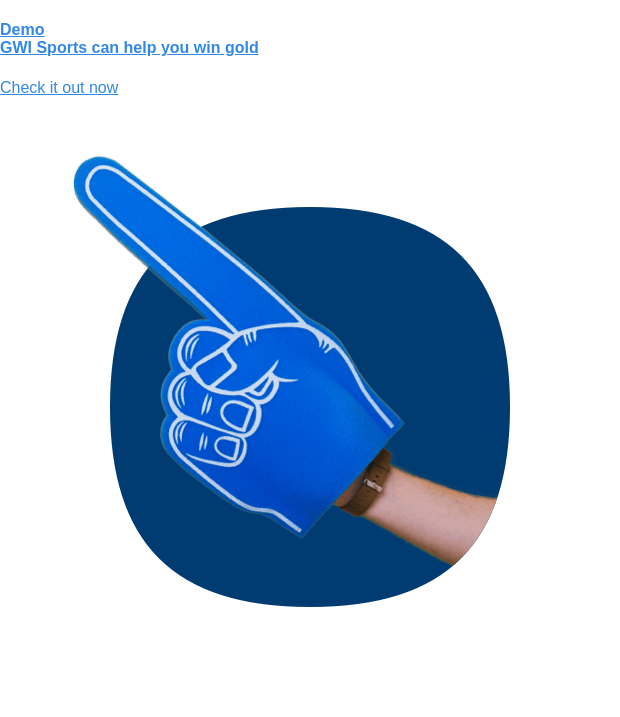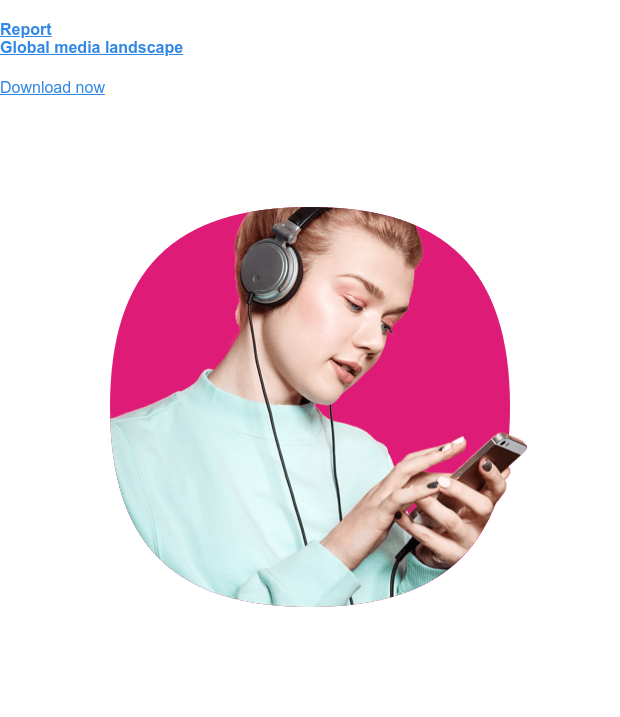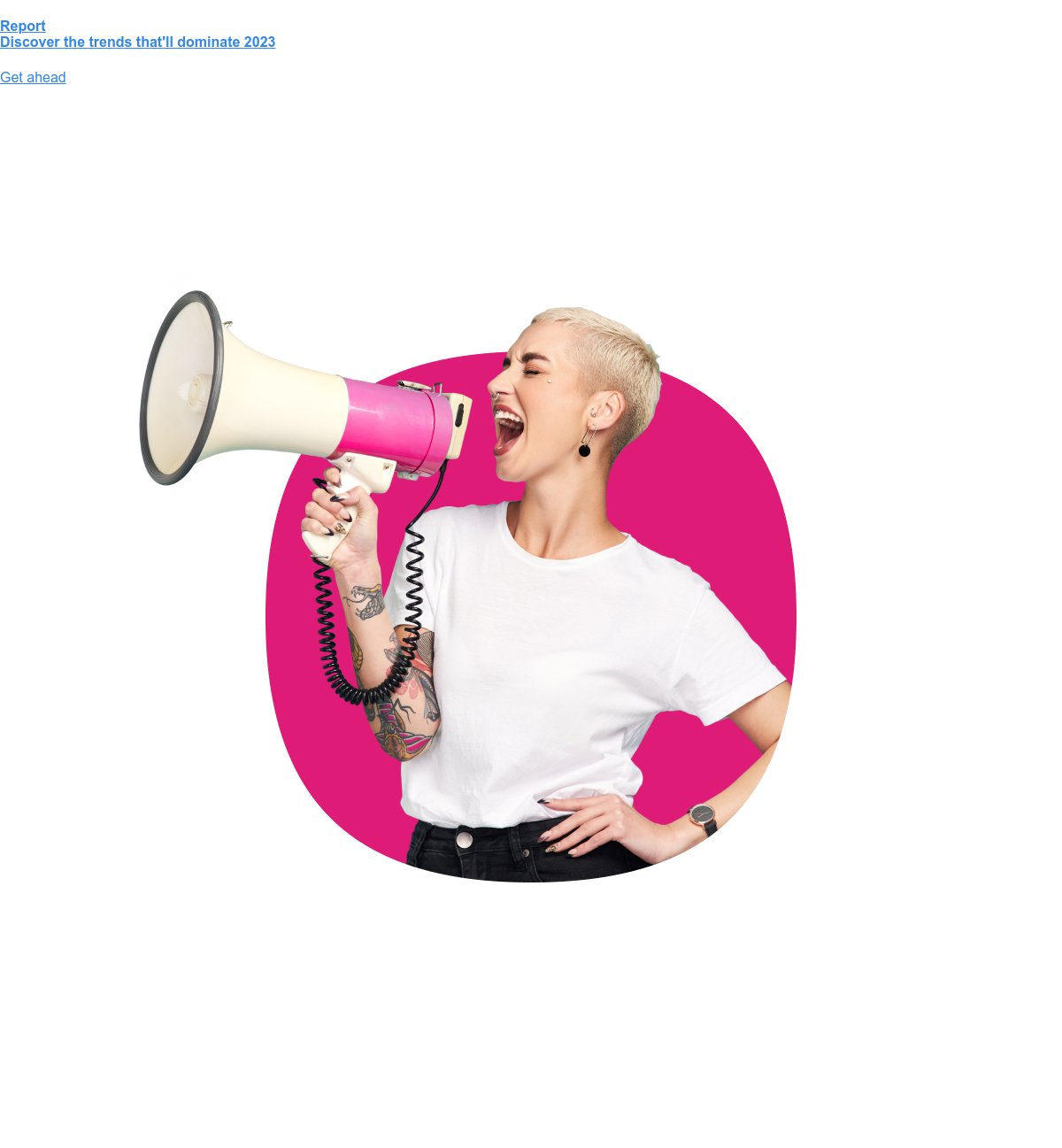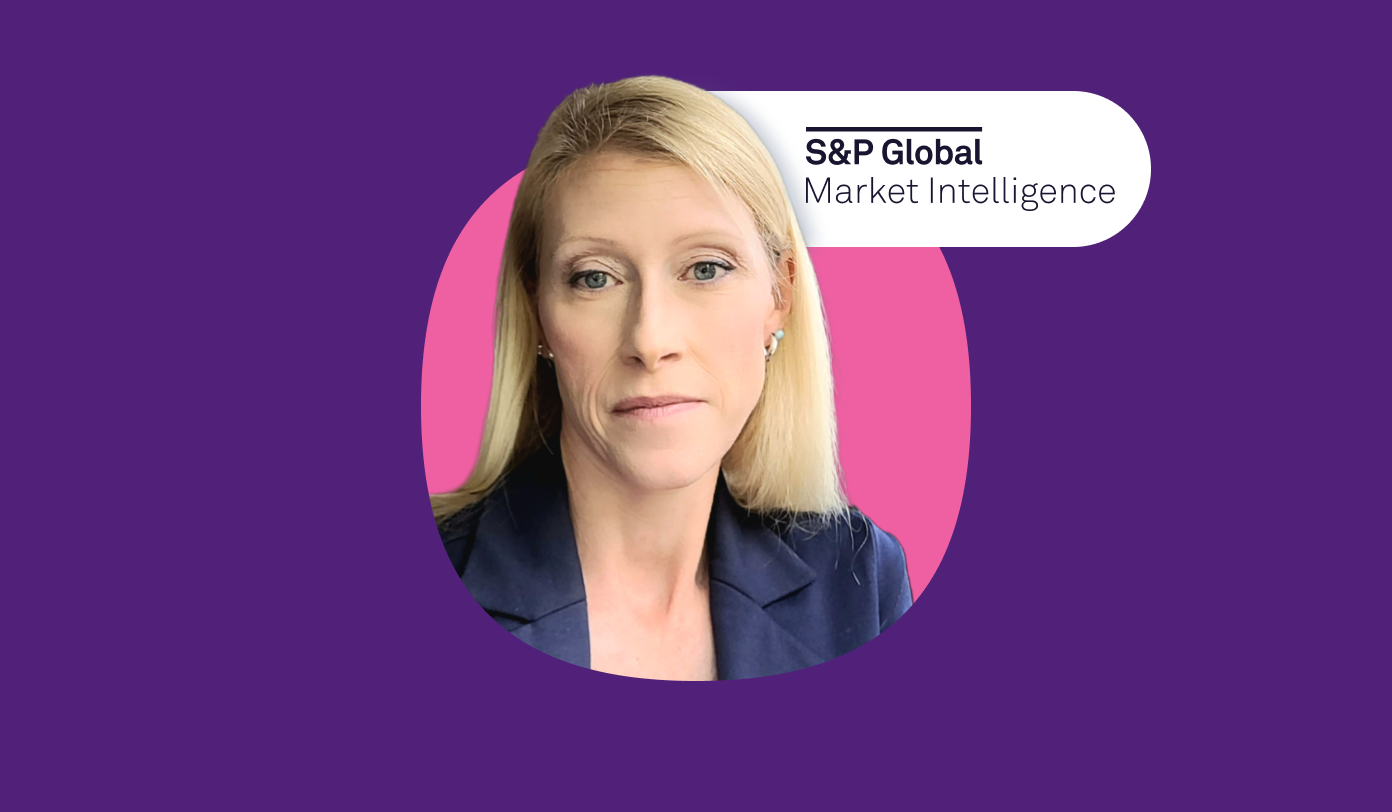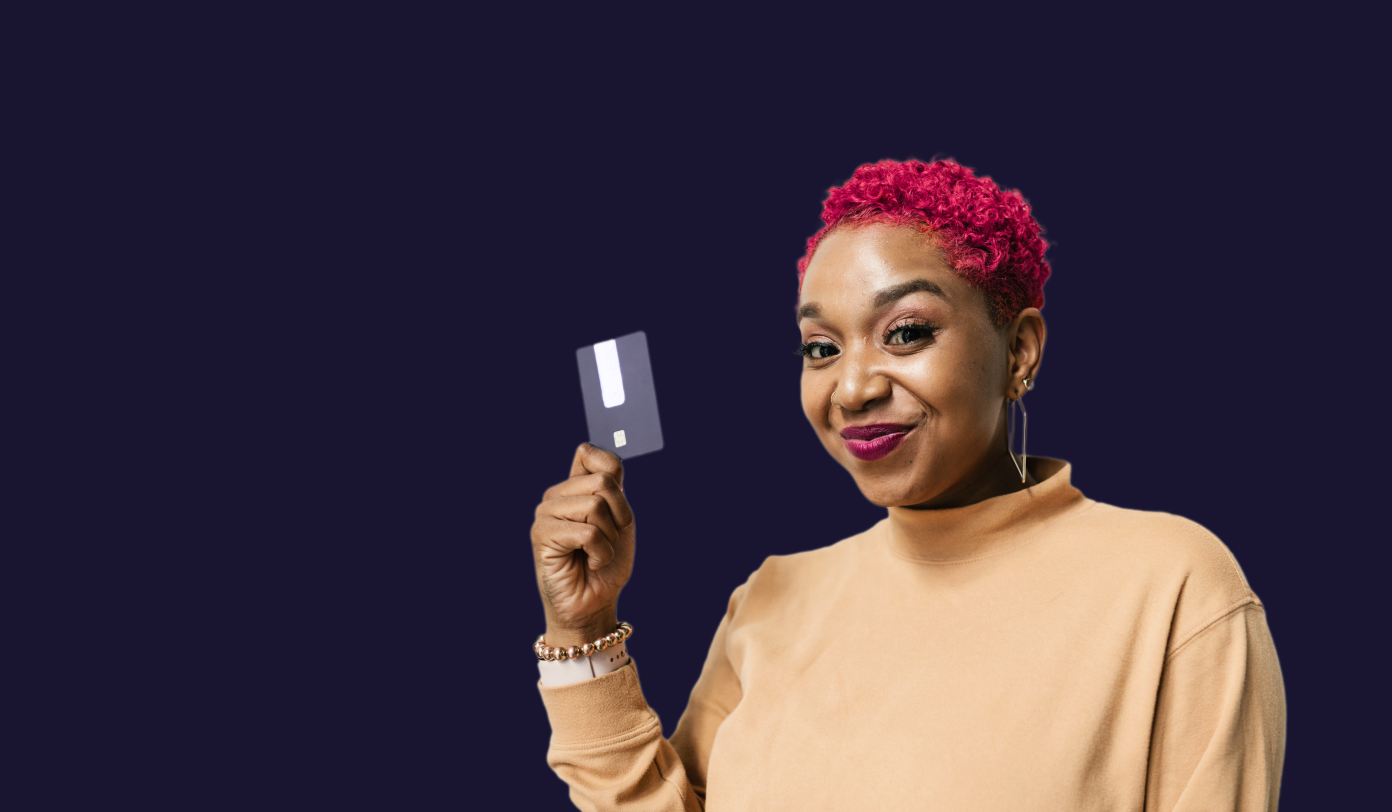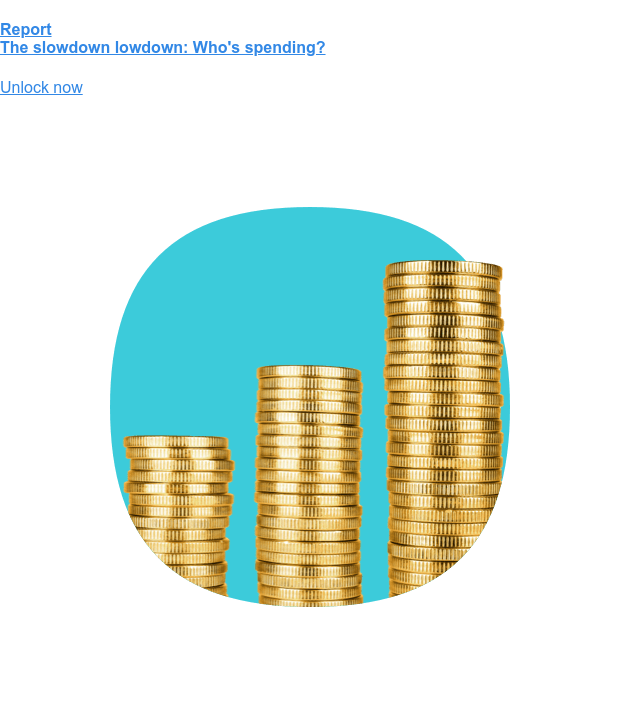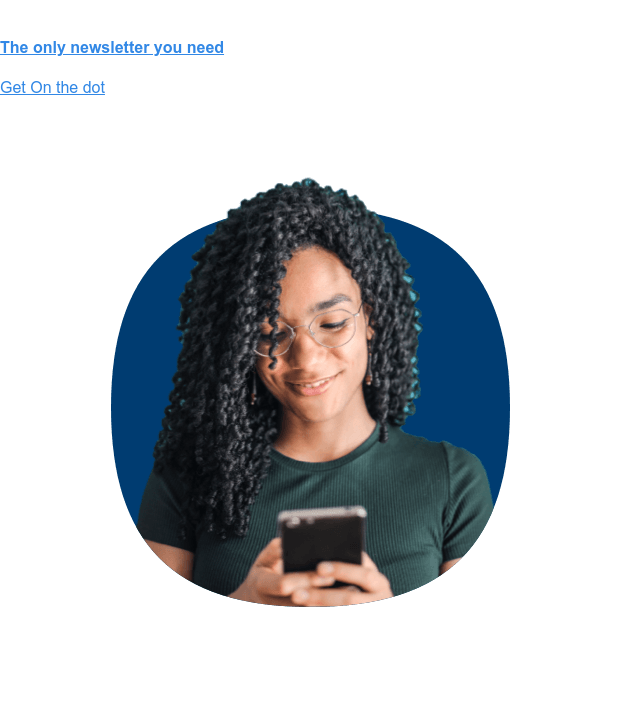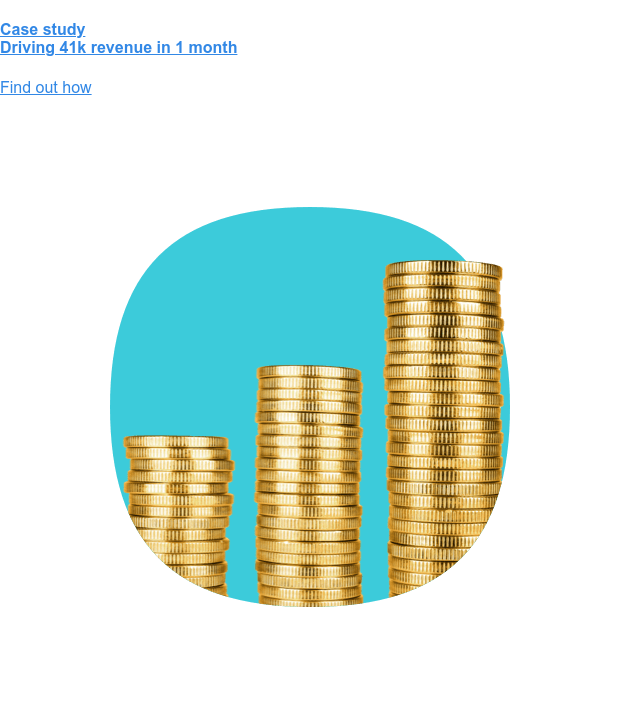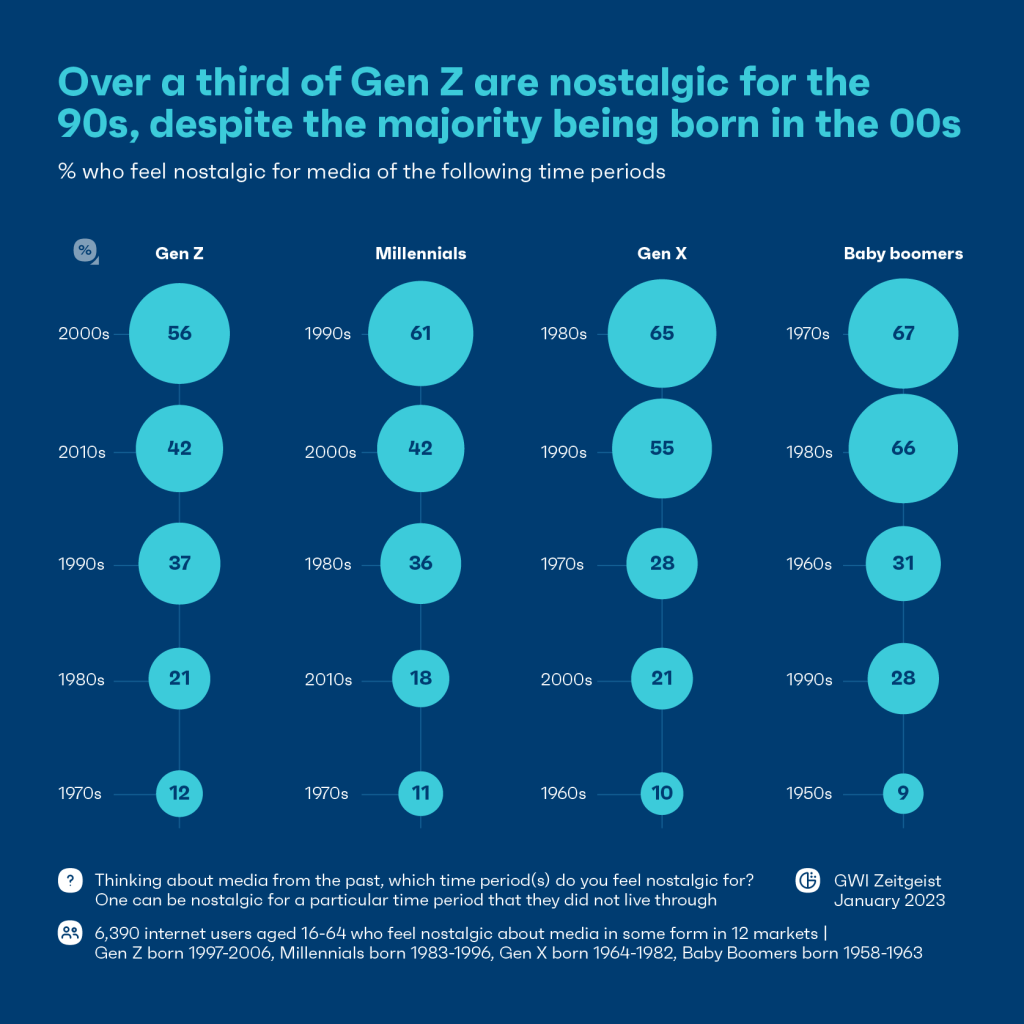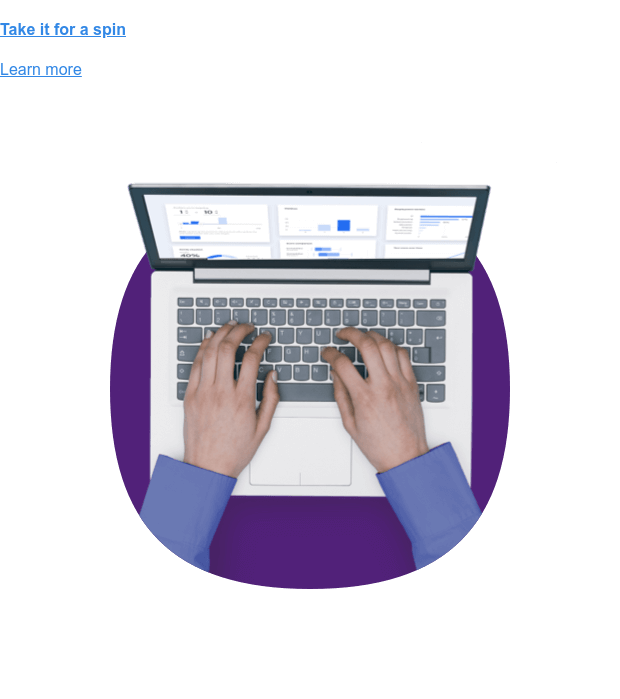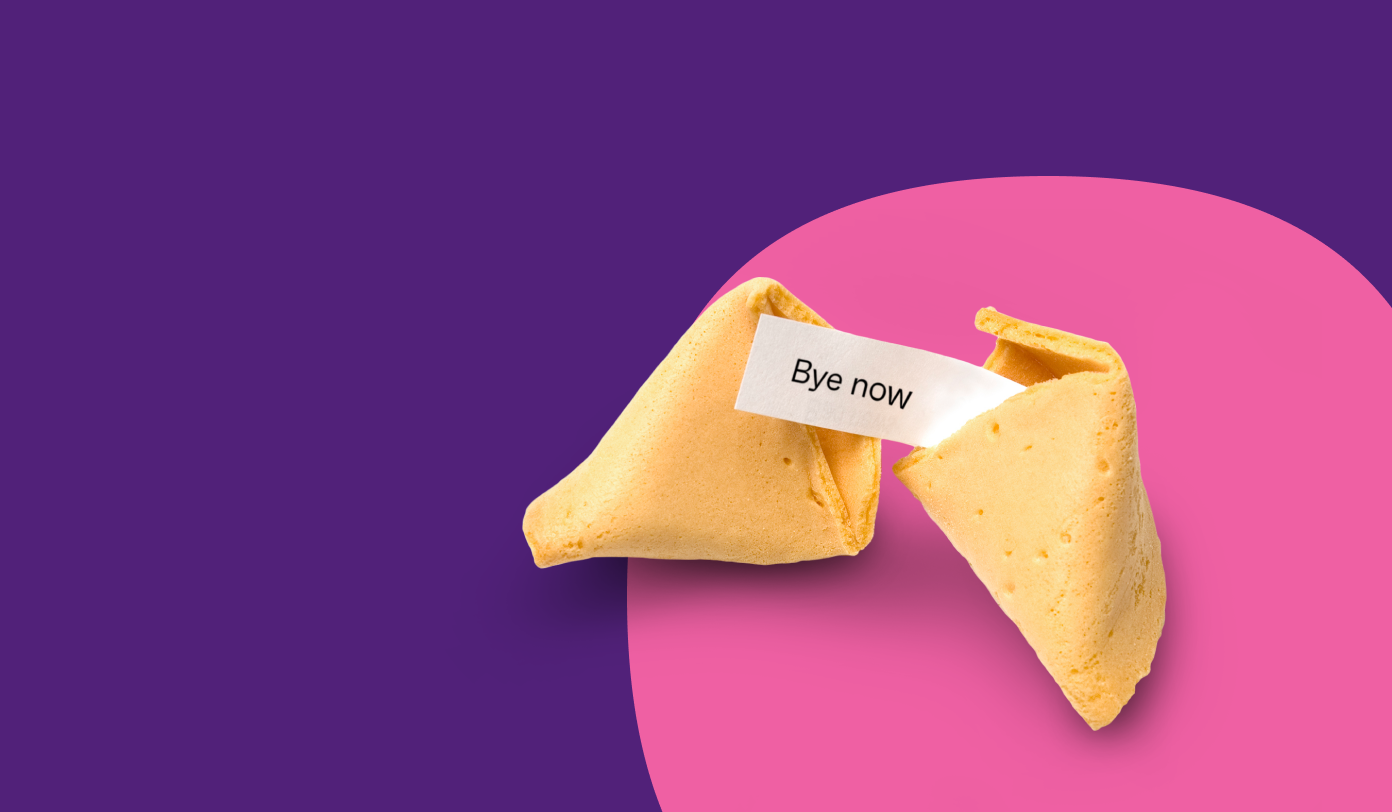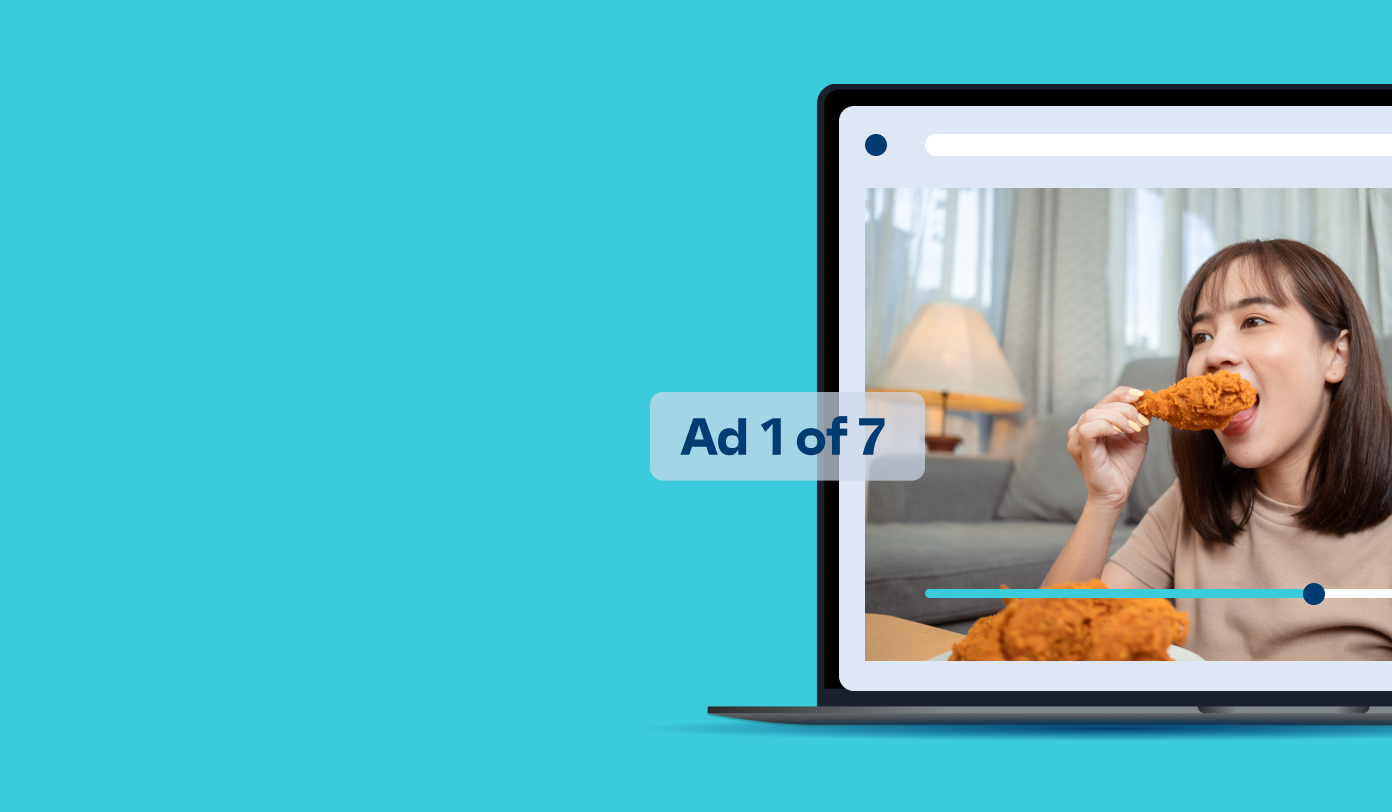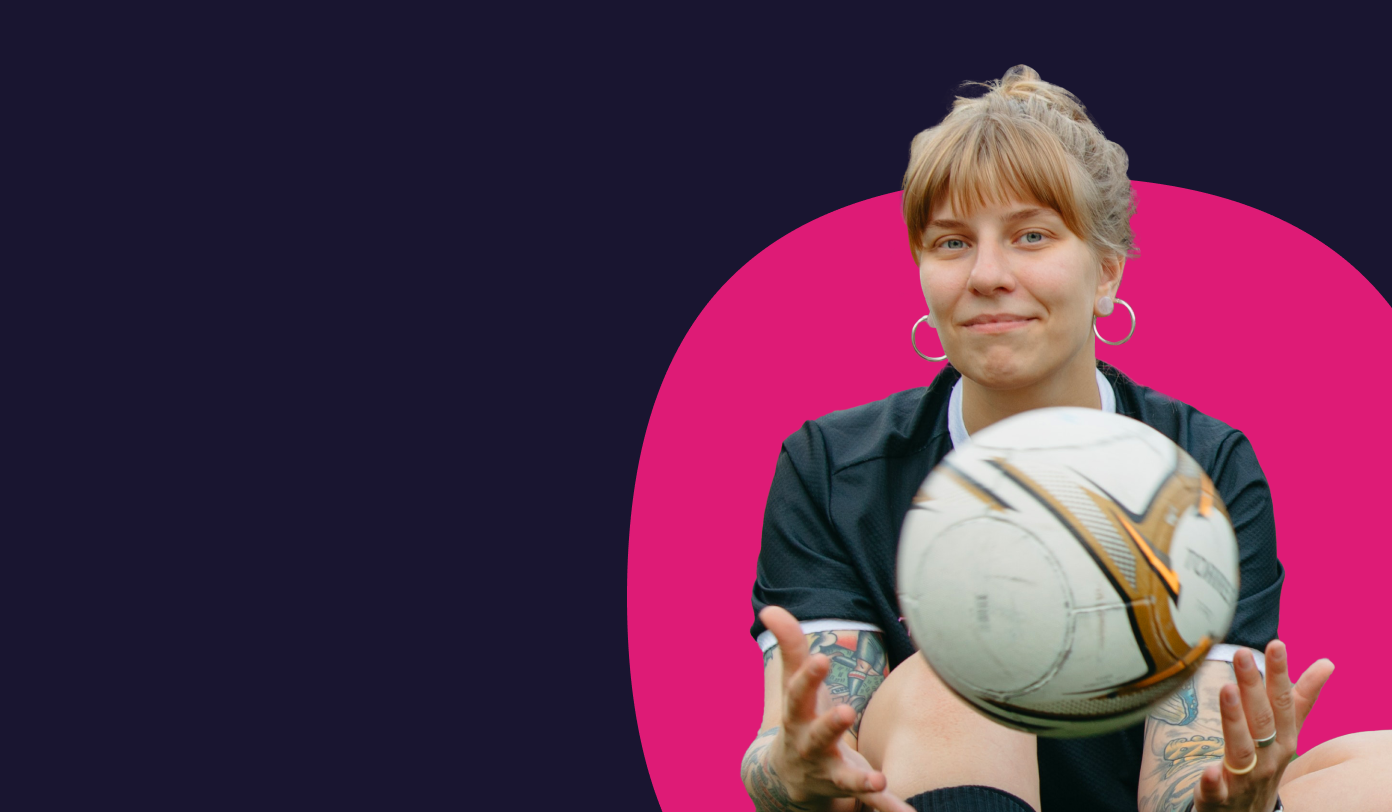
What a year it’s been for women’s sport. 365 million people tuned in to watch the Women’s Euros final last summer, Susie Wolff was recently announced as Managing Director of the F1 Academy, and there’s more on the way with the World Cup just around the corner.
Not only that, brands are investing in this space through sponsorship and broadcast deals. Coca-Cola, and Delta are making big commitments to women athletes and sports leagues, and more will surely want in on the action.
There’s a lot of good news to report in professional sport and we could go on. Instead, we’re going to get the yardstick out and give you actual numbers on how attitudes toward, and engagement with, women’s sports are faring.
Engagement with women’s sport is growing in some areas
We’re not expecting engagement with women’s sports to catch up to men’s anytime soon, unfortunately. But we need to know it’s developing. And our research allows us to see the over time changes in engagement with women’s sports.
On the whole, the number of sports fans saying they follow or are interested in a women’s league or tournament has generally stayed consistent since this time last year, climbing slightly in the West (+4%). Because China significantly affects our global figures and given recent events in the country, we’ve excluded it from our analysis.
Overall, we haven’t seen huge leaps forward. But things look more positive when we zoom in on certain leagues – particularly international competitions.

There’s also been a lot of growth in specific markets, especially after last year’s Euros and leading up to the World Cup. Some of the most significant jumps have been in the UK (winners of the Euros), Germany (runners-up of the Euros), and Australia (who are hosting the World Cup).
There’s been a 49% YoY rise in German and UK consumers saying they follow/watch the Women’s Euros.
And it’s not just soccer. The WNBA (+7%), WTA (Women’s Tennis Association) (+9%) and Women’s One Day International (+6%) are just some of the other female sport leagues that have seen year-on-year growth in engagement.
It’s easier than ever to watch women’s professional sport. ESPN in particular has seen its viewership increase after investing more in women’s competitive sports coverage; following the adage “if you build it, they will come”.
Still, media coverage and marketing dollars continue to favor men’s sport. As they move to correct this imbalance, brands and leagues should start thinking outside the box when it comes to partnerships and marketing strategies, like ensuring broadcast TV slots or reaching fans in the stands.
Early participation can also do a lot for women’s sport
Among other off-court efforts, brands can do a lot of good for women’s sports in the future by engaging with teens.
More girls are engaging with sports, and the number of teen girls saying that gym is their favorite subject has climbed by 10% since this time last year.
After International Women’s Day this year, the UK government unveiled a £600 million package for schools to ensure there is an equal opportunity offered to girls. And this is important; if more get involved, teams will be able to draw from a wider talent pool. And players are more likely to watch sports as adults too. Compared to other teen girls, those who regularly play sports are 52% more likely to say they watch sports on TV.
By encouraging kids to pursue their passions, organizations will also be working toward gender equality in sport for women athletes.
Since 2021, martial arts has been the fastest-growing sport in terms of girls’ participation.
In Canada, self-defense classes seek to empower women more generally, and teen girls who regularly play sports are more likely to believe that women can do any job they want. The benefits of involvement in women’s sports aren’t just physical.
There needs to be more responsibility around the state of women’s sports
Levels of engagement with women’s events do fluctuate, just like for men’s sports. We typically see high levels of interest around game time, which trail off until the next one. But we wouldn’t expect attitudes to be as variable.
One key trend from our Connecting the dots report showed agreement with social justice statements dropping as people struggled to find the mental headspace to advocate for causes they care about. Even though games count as entertainment, we’re seeing nods to this in our Sports research too.
There’s been a 14% year-on-year decrease in UK sports fans agreeing that sports organizations should be more diverse and inclusive, which was highest among millennials (-23%). And similar things can be said for women’s sports.

When it comes to women’s sports in the media, 44% believe it should be highlighted more, and this number hasn’t really moved in the last year. So, organizations may need to rethink their strategy and consider new ways of getting the equality issue across; they need to find a way to place responsibility on people without sounding preachy.
Country breakdowns are useful here as they give us a more nuanced picture. Few believe women shouldn’t play contact sports, but there’s been a 69% rise in Australians saying this. Such a sharp rise may have been spurred on by Australian athletes opening up about their head injuries. The solution here? Future conversations and research need to be centered around women’s unique experience.
But there’s been progress in opinions too. In the last two years, we’ve seen year-on-year rises in Germany (+14%) and UK (+9%) consumers saying women’s sports should get more investment, along with a 19% increase in Germans believing it should get more coverage. Support has increased so much that media company DAZN launched a free, ad-supporting (FAST) women’s sports channel in Germany and Austria.
Cultural change can be achieved, it just takes time; and attitudes toward women’s sport seem to be taking a small step back in some areas and places. More thought, audience profiling, and creativity is needed if we’re to take bigger strides forward.
Social media is a gamechanger for women’s sports
The line between social media and TV is blurring, with the number of Americans saying they watch live sports on social media increasing by 10% from Q3 to Q4 2022 alone.
And social media’s doing a lot for female athletes and teams in particular. There have been big year-on-year rises in interaction across certain markets. It’d benefit brands and broadcasters to curate short, snackable clips, which younger audiences particularly like.

Some athletes have become household names – even beyond their sport. Take Jill Scott for example, the captain of the England’s Lionesses; shortly after winning the Euros, she took part in ITV’s I’m a Celebrity…Get Me Out of Here!. These opportunities normalize the presence of female athletes in the media.
Companies can promote their brand and relevant athletes with clever partnerships, and offer extra context like behind the scenes footage – which goes down especially well with women’s sports fans.
Esports is also an area to watch. Since 2020, the number of gamers following a female esport player or team on social media has increased by 26%. And having high-profile women players in the limelight will make esports seem like a viable hobby to other female fans.
How the women’s sports audience is unique, and how to bulk it up
One thing to remember is that, as a group, women’s sports fans have some key characteristics. 73% of Women’s World Cup fans say they also follow the Men’s World Cup, but it’s important to remember that they’re not the same audience.
With the Women’s World Cup on the horizon, there’s a few key things to note about its fans. They’re a social bunch who present a great opportunity for food delivery services, broadcasters, and brands. 56% use social media, 39% order food, and 35% drink alcohol while watching sports, which is largely why Just Eat partnered with UEFA for the Women’s Euros.
Also, compared to Men’s World Cup fans, they’re more likely to watch official content, sports documentaries, and purchase sports collectibles. And this is a trend we see across female sports audiences in general.

According to Adam Raincock, The Space Between co-founder, “we need to alter the way we look at this audience from a focus on the quantity of the audience to the quality.” Women’s sports fans engage on a deeper and more meaningful level, which means brands that get it right will build valuable relationships.
On the flip side, this data reminds us that women’s sport content needs to be accessible and free to draw in new audiences. Only 14% of those who don’t currently have any interest in the Women’s World Cup say they’d be very willing to pay to access sports content, and they’re less likely to follow sports through specific apps, so it needs to be put in front of them for it to land.
The final score
With its fans eager, and more watching various female leagues, there’s so much opportunity for women’s sports.
As the Women’s World Cup is just around the corner, we’re hopeful that people all over the world will get into the spirit, and brands will use this opportunity to endorse women’s events in the best way possible.
